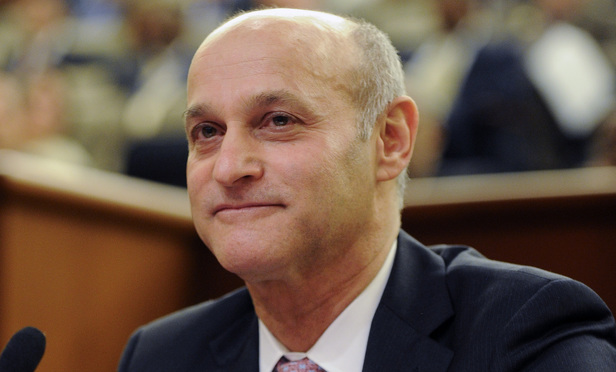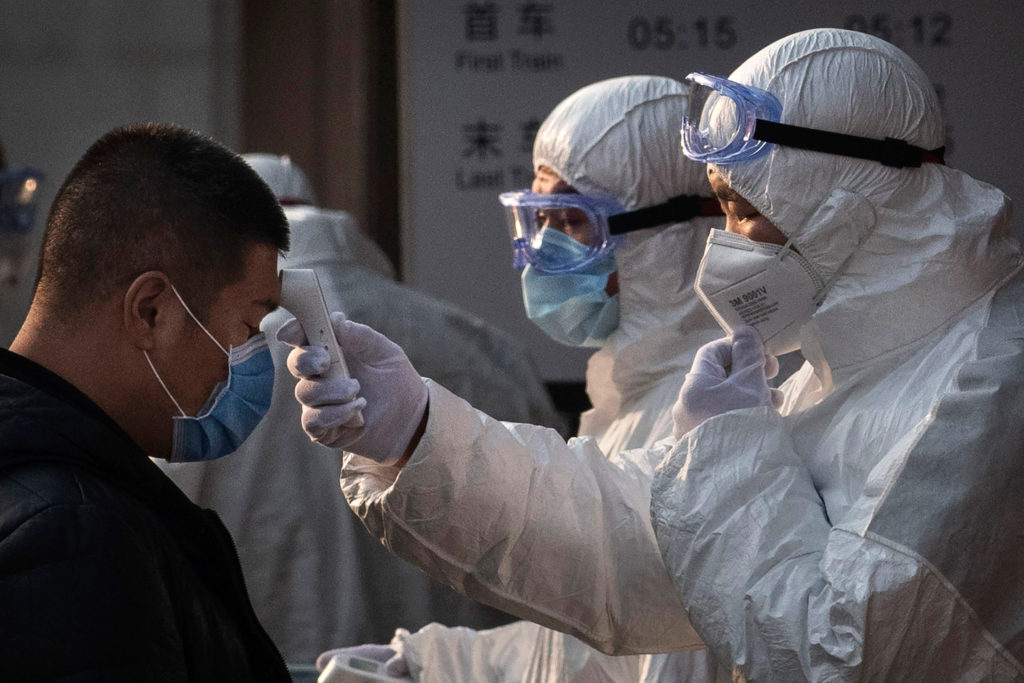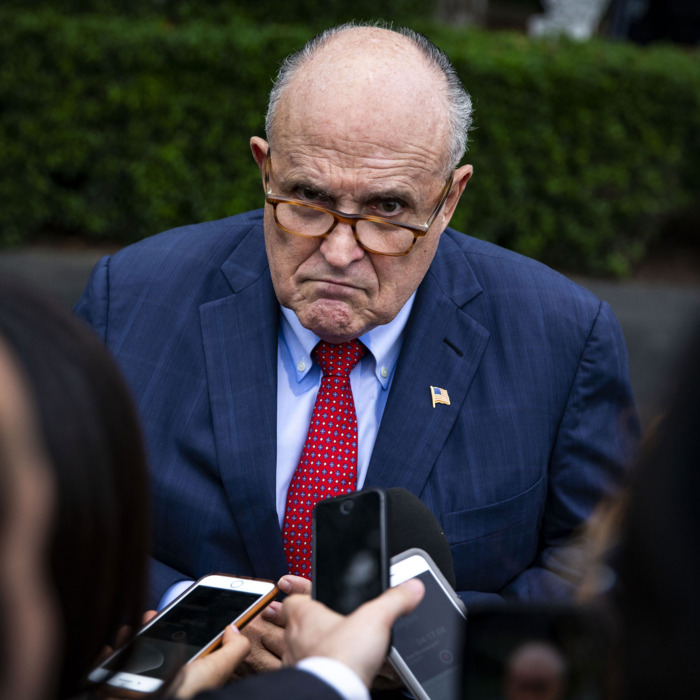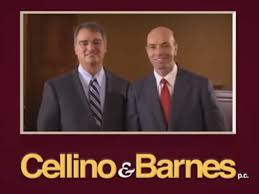
[Huge update at the end as NY suspends new jury trials, both civil and criminal]
New York’s Chief Administrative Judge, Lawrence K. Marks, issued a memo late Thursday to the judicial system about procedures to deal with COVID-19. Short story, the courts are still open and there is no suspension of jury trials. Yet.
But there’s a tantalizing morsel I want to discuss.
There are the six paragraphs, of which I will deal only with the 5th. Because it deals with procedures to reduce attorney traffic inside the courts:
(1) Intro; (2) Restricting access to those with COVID-19; (3) Procedures to deal with those that self-identify as infected, (4) Protocol for dealing with the issue; (5) limiting unnecessary traffic, especially to high-traffic courtrooms; and (6) Conclusion.
I deal with #5 since this was the subject of my post last week (Coronavirus, Crisis and the Courts). That called for the institution of specific procedures to limit the number of lawyers in civil cases who even need to come to court.
I won’t regurgitate the whole thing, but I first wrote about it back in 2008 when I estimated that one Brooklyn courtroom wastes $10M in lawyer time every year. The problem is that most stuff is agreed upon by the attorneys in the hallways. And that can be done just as easily by phone and email.
Judge Marks seems to now be pushing New York in the direction of limiting those unnecessary conferences, particularly with our “high volume parts– which bring together large numbers of people in courtrooms.” (A “part”, for you out-of-towners, is local lingo for where the judge sits.)
In addition to that part of the memo directing courts to liberally extend deadlines and grant adjournments — which we would expect — there is the directive to judges to “consider use of remote appearances (video and telephonic) to the fullest extent permitted by law.”
I suspect that some lawyers outside New York are quizzically scratching their heads on this. But, it’s true, the Empire State still operates much the way we did in colonial times: Show your ass in the courtroom. Even if it’s for a 60-second conference where there’s nothing to decide and so-sorry that you just spent the whole morning for those magical 60 seconds. This is, of course, mostly a downstate issue and short appearances and overwhelmed courtrooms are due to the high volume of cases.
Which was the point of my original post 12 years ago.
Back to Judge Marks. He writes that he is “reassessing” the procedures for these high-volume parts, and that means this memo is not a final product by any stretch of the imagination.
With the court system now specifically looking at those parts that waste so much time, and exploring the use of phone (and video!) conferences, New York’s courts may finally be on the road to entering the modern world.
I, for one, will be cheering Judge Marks on.
Update (2 pm): Hot off the presses, Judge Marks has suspended all new jury trials, both criminal and civil if opening statements have not yet been made. Trials in progress shall continue.
All civil Trial Assignment Parts are suspended.
All high traffic (read: NYC) preliminary conference parts shall maximize adjournments and directing appearances by phone or video conferencing. (Video! In New York!)
All appearances in compliance conferences that occur in centralized compliance parts suspended until further notice, with counsel to stipulate to terms or make arguments by phone or video conference.
When appearance is unavoidable, it “shall” be done by phone or Skype.
All motions to be submitted, and if argument needed it shall take place by phone or video.
Update #2 (Sunday, March 15th): All non-essential functions of the courts are postponed.
Update 3: The New York courts now have a page dedicated to coronavirus information and how it affects the operation of the courts.



